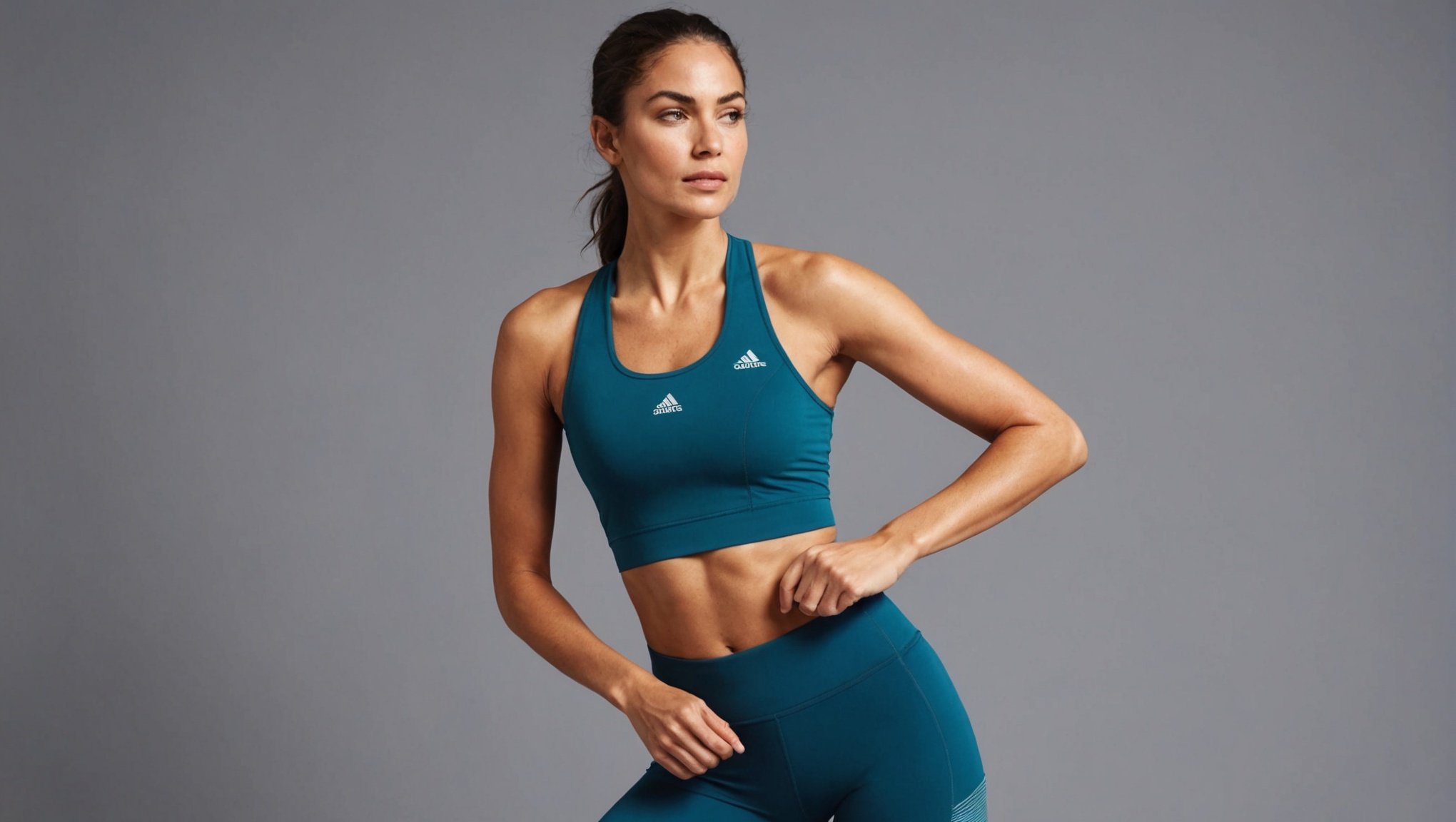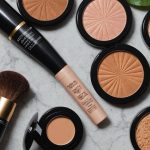The fashion industry has faced significant critique in recent years for its environmental footprint. However, as consumers, you’ve started demanding better, kicking off a revolution in the way clothes are made and sold. One area experiencing a dramatic shift is the activewear sector, with sustainable and recycled materials becoming increasingly popular choices. So, what are the best sustainable fabrics for your workout clothes, and which UK brands should you shop from to find the best eco-friendly workout wear? Let’s delve into it.
The Importance of Sustainable and Recycled Fabrics
In the past, when you picked out your workout gear, you probably focused on functionality, style, and comfort. But today, the materials your clothes are made from are just as critical.
Have you seen this : How to Style a Midi Skirt for a Day Out in Liverpool’s Cultural Sites?
Sustainable and recycled fabrics are becoming increasingly important in the fashion industry, particularly within activewear. These materials use fewer resources, generate less waste, and have a smaller carbon footprint compared to conventional fabrics. They also contribute to a more ethical fashion industry, promoting fair wages and safe working conditions.
Organic Cotton: An Excellent Choice for Activewear
One of the best sustainable fabric options for your workout clothes is organic cotton. Organic cotton is grown without the use of harmful pesticides and synthetic fertilizers, making it a more eco-friendly choice than conventional cotton.
Have you seen this : What Are the Best Fabrics for Sensitive Skin Available in the UK?
Organic cotton is also a great choice for workout gear because it’s breathable, absorbs sweat efficiently, and is gentle on the skin. Many brands, like UK-based Rapanui, use organic cotton in their activewear ranges. Rapanui not only sources their organic cotton responsibly but also ensures their manufacturing processes are ethical.
Recycled Materials: Turning Waste Into Wear
Another sustainable fabric that’s gaining traction in the activewear industry is made from recycled materials. Brands are now using everything from recycled plastic bottles to discarded fishing nets to create new, high-performance fabrics.
For example, UK brand TALA creates leggings and sports bras from up to 92% recycled materials. Their eco-friendly process transforms plastic waste into a yarn that’s both durable and moisture-wicking. It’s a brilliant way to reduce waste and give it a new life. Similarly, Adidas has a line called Primeblue, made with Parley Ocean Plastic—recycled waste intercepted on beaches and in coastal communities.
Fabrics Made from Natural Materials: Comfort and Sustainability
Bamboo, hemp, and merino wool are also excellent sustainable fabric options for your workout clothes. These natural materials are renewable, biodegradable, and require less water and chemicals to produce than synthetic fabrics.
Bamboo is soft, hypoallergenic, and has natural moisture-wicking properties, making it a popular choice for activewear. BAM, a UK brand, offers a range of workout gear made from bamboo. On the other hand, hemp is incredibly durable and breathable. Patagonia, an ethical brand available in the UK, has hemp-blended pants that are perfect for yoga or climbing.
Merino wool is another excellent choice, especially for outdoor workouts. It regulates body temperature, wicks sweat, and is naturally odor-resistant. Icebreaker, which is available in the UK, has a great selection of merino wool activewear.
Emerging Sustainable Fabrics: Innovation in Activewear
The world of sustainable fabrics is constantly evolving, with innovative new materials continually coming onto the market. Some of these include fabrics made from coffee grounds, algae, and even mushrooms!
UK brand Sundried uses coffee grounds in their EcoTech range. The coffee makes the fabric fast-drying, sweat-wicking, and protects against UV rays. It’s a brilliant example of how brands are finding sustainable solutions to common activewear issues.
So, the next time you shop for workout clothes, consider the fabrics they’re made from. Look out for labels stating they’re made from organic cotton, recycled materials, natural materials, or other innovative sustainable fabrics. By doing so, you’ll be supporting brands that are prioritizing the environment and making a positive change in the fashion industry.
Girlfriend Collective: Leading the Way in Sustainable Activewear
An outstanding example of a brand making strides in sustainable activewear is Girlfriend Collective. This US-based company, available in the UK, has built its business around eco-friendly principles and transparency throughout its supply chain to minimize the environmental impact.
Their entire collection is made from recycled materials. The Recycled Polyester used to create their leggings, sports bras and other apparel comes from post-consumer water bottles. The bottles are sorted, cleaned, and transformed into a high-quality yarn in a zero-waste, zero-water facility. This process saves water and energy and reduces carbon emissions compared to manufacturing new polyester.
Girlfriend Collective also uses recycled nylon, a material made from waste like fishing nets, fabric scraps, and industrial plastic. Their LITE leggings are made from this material, providing a second life for waste that would otherwise end up in landfills or the ocean.
Another notable aspect of Girlfriend Collective’s commitment to sustainability is their packaging. They ship their products in 100% recycled and recyclable packaging, further reducing waste. And for every purchase, the brand donates a part of the proceeds to various environmental and social causes.
Moreover, Girlfriend Collective is dedicated to fair-trade practices. They ensure their workers are paid fair wages, work in safe conditions, and have access to benefits like free meals, health insurance and paid time off.
The brand’s commitment to sustainability, transparency and fair trade, combined with their stylish and comfortable pieces, makes them a popular choice for those seeking high rise leggings, sports bras, or any other activewear that’s both environmentally friendly and fashionable.
Conclusion: The Future of Activewear is Sustainable
As consumers become more aware of the environmental impact of their purchases, the demand for sustainable activewear continues to grow. More and more brands are responding to this call and are working to make their supply chains more transparent, their manufacturing processes more eco-friendly, and their materials more sustainable.
It’s clear that the future of activewear lies in sustainability. Organic cotton, recycled polyester, bamboo, and other sustainable materials aren’t just better for the planet; they offer excellent performance and comfort for fitness enthusiasts. Brands like Rapanui, TALA, BAM, Patagonia, Icebreaker, and Girlfriend Collective are leading the way in this shift towards sustainable activewear.
Choosing workout clothes made from sustainable materials isn’t just a fashion statement—it’s a commitment to a healthier planet. By supporting brands that prioritize sustainable practices, you are making a significant contribution to minimizing environmental impact.
So, the next time you’re in the market for a new sports bra, yoga pants, or moisture-wicking top, consider the material it’s made from. Choose sustainable activewear. Make a positive change not just in your fitness routine, but in your impact on the environment. Keep reading and discovering new clothing brands that align with your commitment to being eco-friendly. The planet—and your wardrobe—will thank you.











